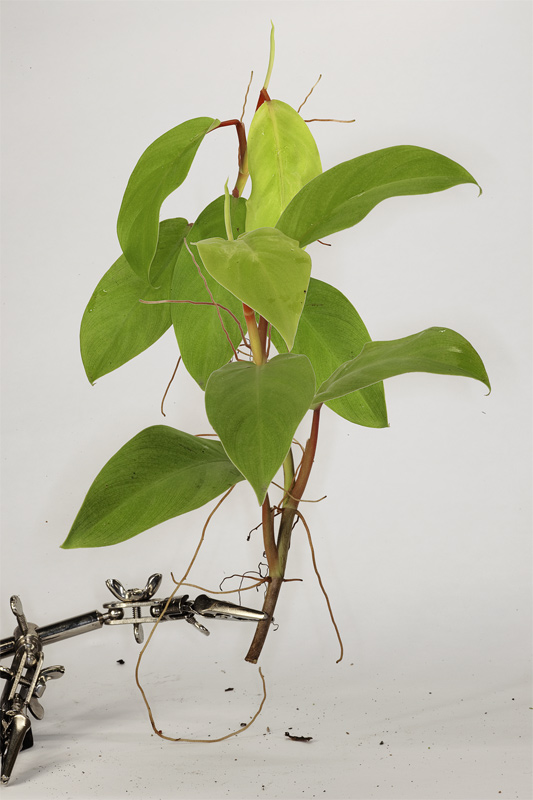SPECIAL EDITION
The Great Pretenders; Description Of Some Japanese Phylliidae From The 26th Phylliidae Convention
Special Mention, Yuji Hyakutake
Special Mention, Kiichiro Furukawa
New Culture Award, Minoru Honda
New Culture Award, Iwahashi Zenbei
The Art Of Hiroshi Abe, Master Breeder And Artist
A Very Pretty Phylliidae: Phyllium Morosus (First published in 1989)
All images by the ICZ
The GREAT PRETENDERS
The Art Of Hiroshi Abe, Master Breeder and Artist.
Hoei Nojiri
On April 14 this year, Hiroshi Abe posted a picture of his now world-famous Abe morosus (Figure 1). It was my first time coming across this specimen and needless to say, I was awestruck. I have seen some really impressive Japanese Abe morosus in my time but this one did something to me that none of its predecessors have ever come close to doing.
As breeders, we are told that one of the major goals of the practice is to represent and visually sell the idea of resemblances. Usually this is done by designing a food plant that looks like it has been made for the Phylliidae or vice versa.
Few breeders talk about the subject of authenticity because most would not consider it an issue or give it a second thought. It has almost become a non-sequitur. However, Hiroshi’s Abe morosus has crossed the line to go beyond resemblances to achieve identity between the insect and its food plant.
At first, I found the extreme inter-species convergence very disturbing. But I tried to resolve the issue by thinking, ‘Doesn’t it all boil down to the concept of plausibility?’ Plausibility is defined as giving the deceptive impression of truth, acceptability or validity. In other words, it is the art of "What if?" made believable through an artful execution of the foundation premise. This particular Abe morosus is the best manifestation of the principle of "What if" I have ever seen. This of course begs the question: "Which ‘What if’ are you talking about?"
The "What if" I am referring to is the question: What would happen if a Japanese Abe morosus found a home in some secluded forest in Japan without competition and with just the right conditions that would allow for it to morph and mimic without any kind of outside intervention either from man or nature? Is it plausible that it could grow to great resemblances and great mimicry? Probably not, but is it possible? I say yes and Hiroshi has proved it so.
In an era where we are obsessed with aesthetic plant and leaf insect displays and specimens moulded by science, Hiroshi has created an image of the magnificence of nature which was allowed to complete her work without interference, competition or human intervention. He has fulfilled the design placed within the specimen's DNA before it sprouted from the egg, and achieved the end game in realizing the possibilities available under the right conditions. As is the case in most cultures, that particular effort of realizing the possibilities available is one of great hardship and drama. For that, I salute Hiroshi for he deserves all the respect for the dedication and artistry of his craft.

Figure 1. Abe morosus on food plant.
On 14th April 2009, Hiroshi Abe posted this image of his leaf insect on the PSG’s onlife forum.
Analysis
This culture is vibrant and full of life. The strong slant of the mainline of the body and the extreme movement of the upper head line and limbs convey energy and vibrancy. In addition, the flowing lines of the body enhance the resemblance. The light tones of the head supplement the bright and breezy mood.
Hiroshi’s Abe morosus and its food plant combine to become a dynamic feminine sculpture of balance and harmony. If one were to anthropomorphize this sculpture, one would find a spirited old woman. This old woman is dancing and her hair is flying in the wind.
One can sense the femininity through the elements of shape and color. There is mimicry in the rough textures of the plant and the insect. The dance is represented in the dynamic plant movement and development of the limbs of the plant and how the insect fits organically into its form.
This composition is not the typical soft, young, graceful, feminine Phylliidae presentation. Hiroshi has endowed this feminine sculpture with strength, power and passion. Using a softly grown food plant as a sturdy frame, he has provided a strong base. The relatively rougher and coarser texture of the specimen conveys maturity. The free hold style has been replaced by a food plant that is trying to escape scientific bonds.
This combination of elements provides a cohesive design for the archetype of the old spirited woman.
Judgment
I am moved by his creation. It strikes me in a personal and intimate way. It lures me in and invites me to explore its fundamental nature. On this level alone, this culture is successful.
The breeder has successfully applied the principles of design to compose a literal representation of mimicry and resemblances. However, this is no ordinary Phylliidae and Hiroshi Abe is not an ordinary artist or scientist. By refined technique, creativity and talent, this Phylliidae has also been endowed with character and soul.
Copyright 2010, Institute of Critical Zoologists